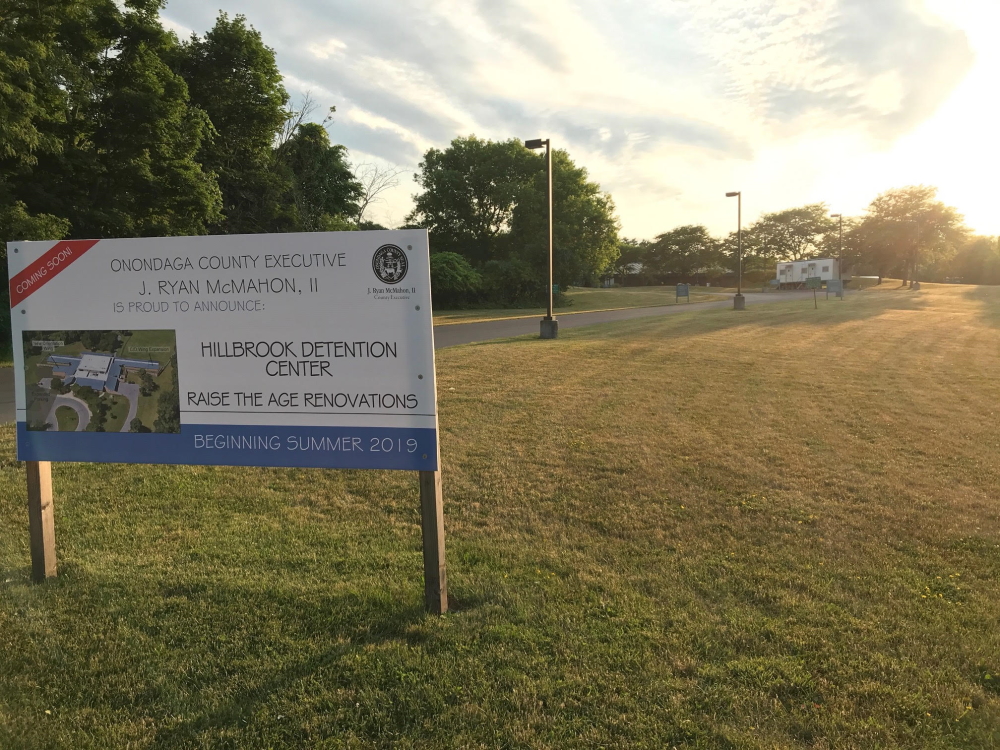The past five months are a window into what several juvenile justice experts say could be next: a long-overdue remodeling of the juvenile justice system that could include reforms in youth detention centers and family courts.
Those experts are calling for a smaller juvenile justice system and a shift in the role of probation officers from punishment toward mentorship.
Avik Das, director and chief probation officer in Cook County, Illinois’ juvenile justice system, said the youth justice system should be a “last-resort” option for high-risk youth.
“I believe my home court, the oldest juvenile court in the nation, is being called on to reinvent itself,” he said. “Otherwise it is at risk of being declared obsolete at best. Or at worst being downright injurious to the well-being of children and young people, particularly Black youth, families and neighborhoods, and other communities of color.”
Last week’s webinar, hosted by the Stoneleigh Foundation and the Columbia Justice Lab, took place as family courts and youth facilities have rushed to adapt during times of crisis.
Admission into youth detention facilities dropped by over 50% from March 1 to April 30, a recent study found, a period when the reported coronavirus death rate in the U.S. skyrocketed from two deaths to over 55,000.
Judge Edwina G. Mendelson, deputy chief administrative judge for justice initiatives for New York City, said the role of family court should be reduced. Both prosecutors and judges can conduct regular reviews of juvenile delinquencies and keep asking whether confinement is necessary.
“I like to think in terms of shared responsibility, because it’s not just the defense attorney who should be bringing cases to the judge’s attention and saying ‘This young person should no longer be incarcerated,’” she said.
Despite the new Raise the Age act in New York, which has funneled thousands of 16- and 17-year-olds from the adult justice system into family court, the number of incarcerated youth across New York has decreased, she said. This signals that a low percentage of teenagers who were diverted from adult court have ended up incarcerated in youth facilities.
Outside New York City
In upstate New York, Onondaga County is expanding the Hillbrook Detention Center in response to the Raise the Age act, which now takes incarcerated youth who are 10 to 17 years old. In New York City, Mayor Bill de Blasio said a shift of resources from the New York Police Department to community and youth-based resources could keep youth out of family courts. In May, California Gov. Gavin Newsom announced plans to close the state’s juvenile justice system, which would turn the state’s jurisdiction over to individual counties.
With the sudden national decrease in incarcerated youth and the financial savings that follow, resources can be funneled into community-based programs, said David Muhammad, executive director of the National Institute for Criminal Justice Reform. His three-step plan for the country — reducing the size of the juvenile system, improving what’s left and reinvesting the savings from the reduced system into community engagement — would continue this trend.
The focus of youth detention centers would shift away from punishment and toward support services including rehabilitation and education, he said.
“We should rewrite the position of a probation officer,” Muhammad said. Their main responsibility would be to connect with high-risk incarcerated youth who are left in the juvenile system once the “low-risk” population is reduced.
He described it as a “transformative mentoring” approach, where probation officers would focus on education and rehabilitation.
“Even in the community, we need to understand what we do with an at-risk 14-year-old who has been skipping a little school and what we do with a 21-year-old who is running with a crew or group or gang who’s carrying a gun and posting violent messages on social media,” Muhammad said. “That looks different. Our intervention with those two young people need to look a lot different.”

Standing before the Judge with my 14 year old client with her “status offenses”: running away and an attempt at suicide. AND WHY IS THIS A CRIMINAL HEARING SND WHYVUS MY CLUENT CHARGED?????